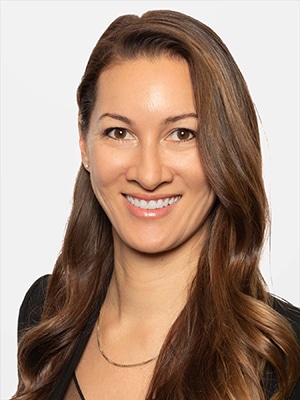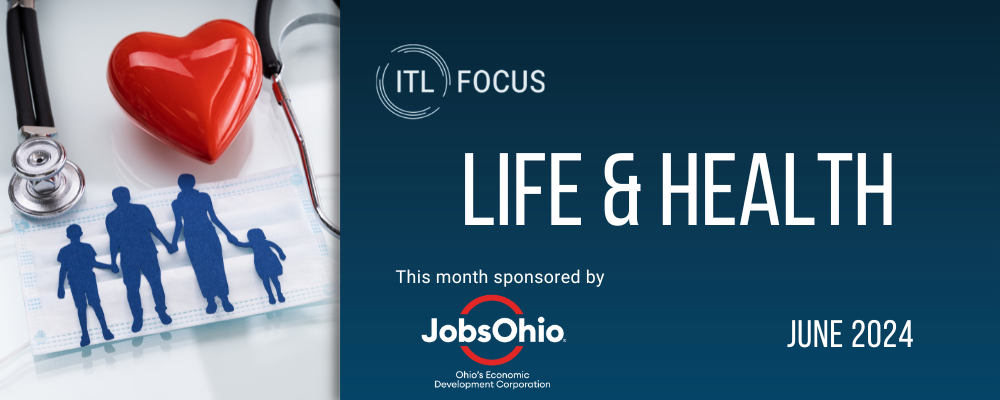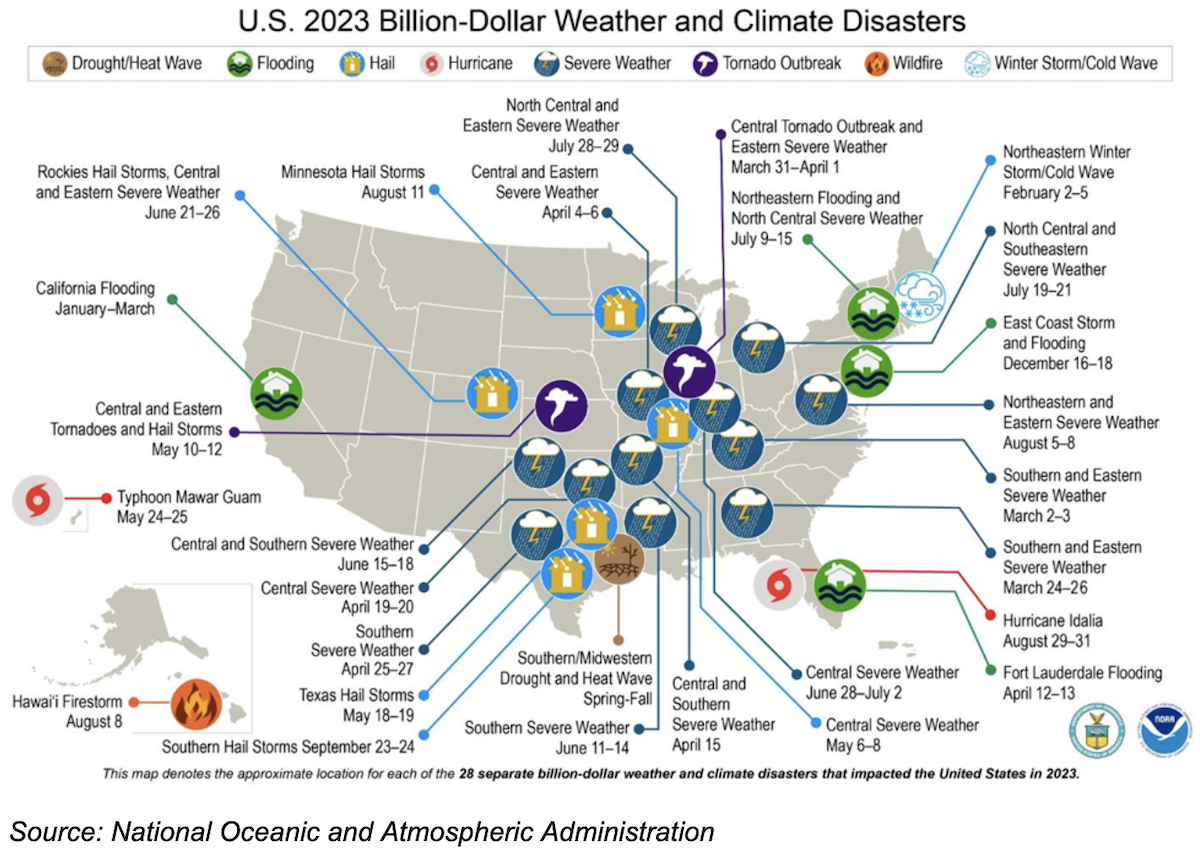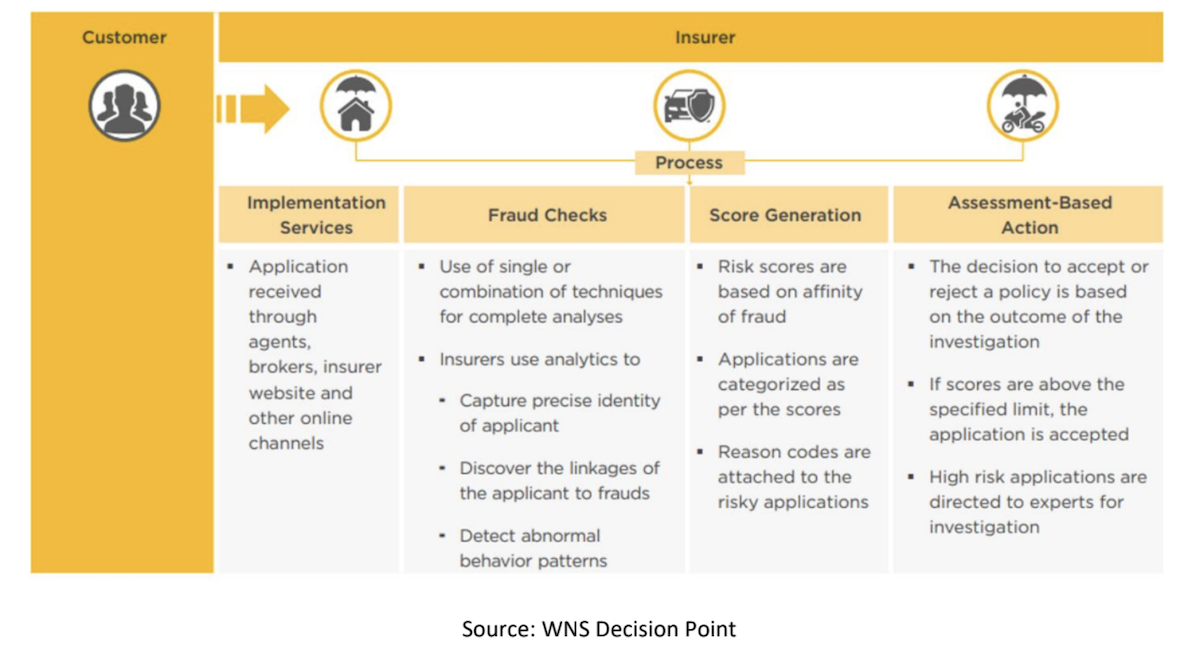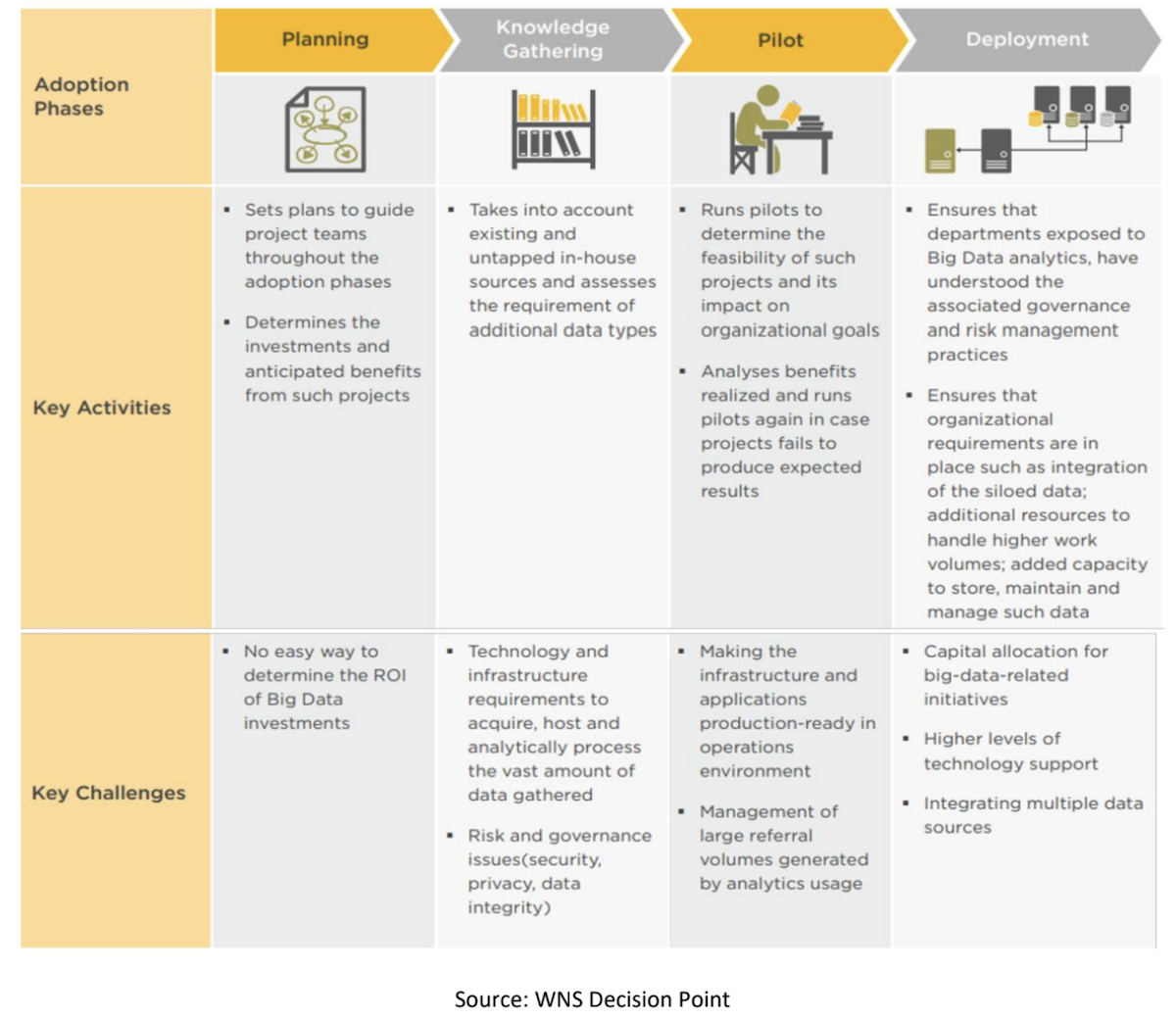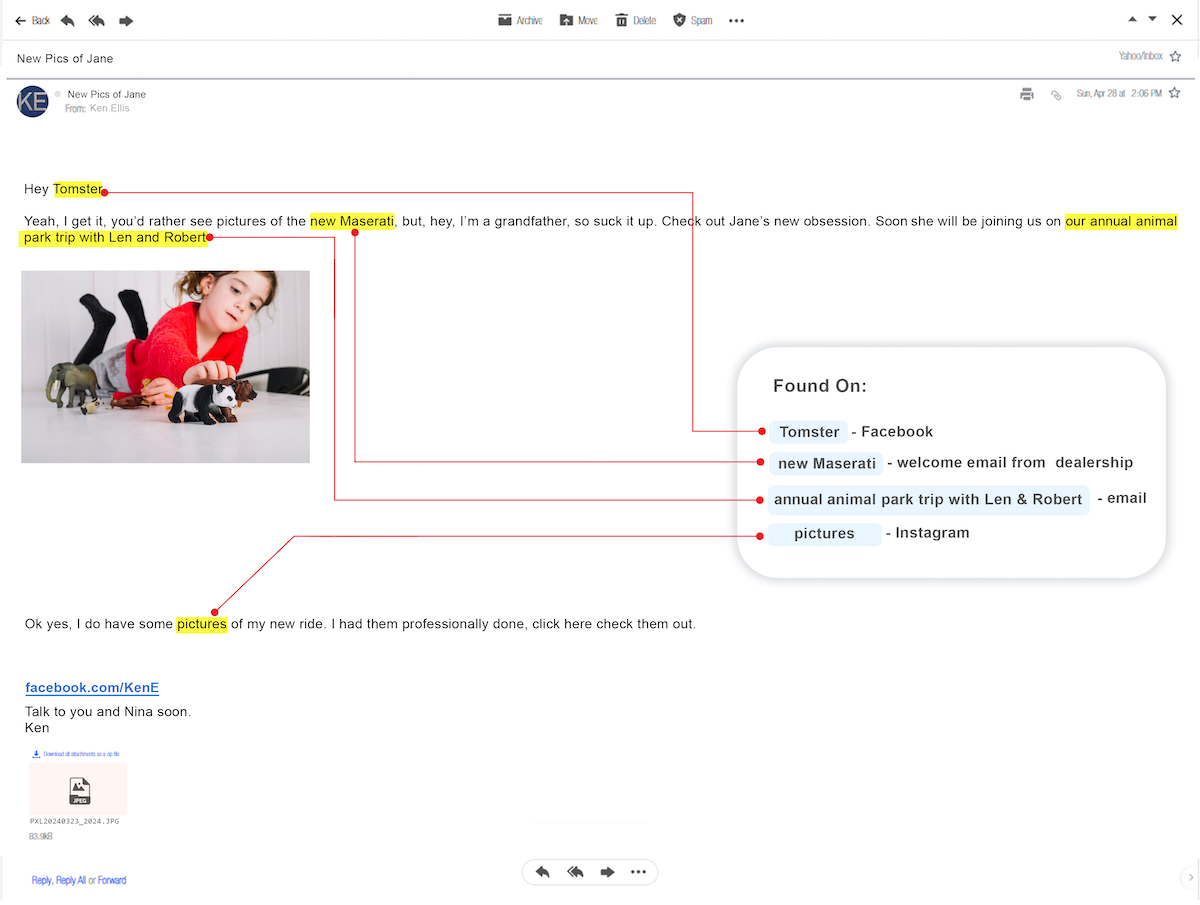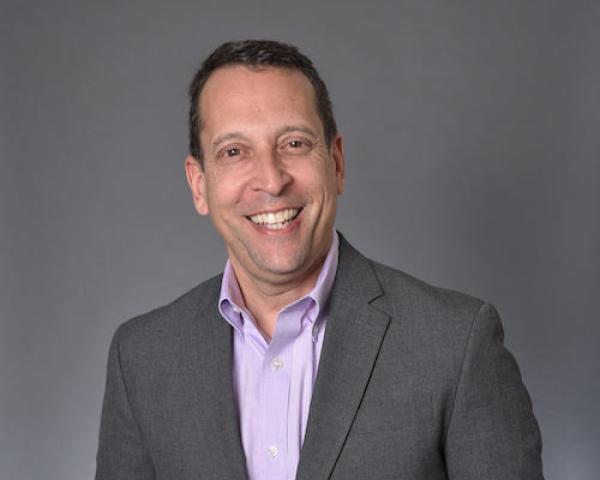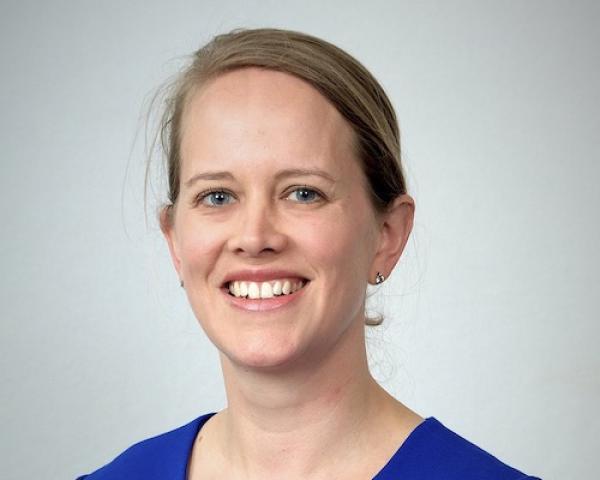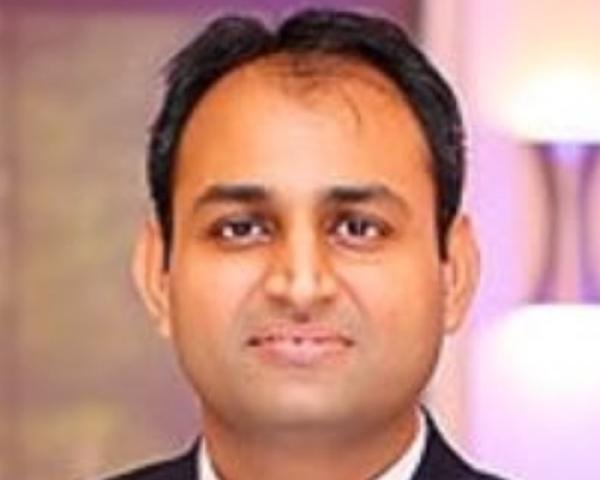Back in the days before the Wall Street Journal used photographs, the publisher was once asked for the reason. "If we don't use photographs," he said, "we don't have to deal with photographers."
I sometimes think the reason there isn't more innovation — and not just in the insurance industry — is that it's a pain to deal with true innovators. True innovators are disruptive. They can be abrupt, even rude, because they're often mad about something they want to fix and they're in a hurry. They aren't always right — but good luck telling them that. And did I mention that they're disruptive? Once they nail the big idea, they force an awful lot of people to change an awful lot of things that they've done comfortably for a long time.
People often tell me they'd like to write a book. I tell them they're wrong. Writing a book is really hard. People don't actually want to write a book. They want to have written a book.
I'd say that's true of most companies. They don't want to innovate. They want to have innovated.
That's a long way of saying that Gordon Bell, a computing pioneer I had the privilege of knowing and occasionally working with over the past 35-plus years, died recently. Though known primarily as the father of the minicomputer, Gordon was a profound innovator who had a sweeping effect on the progress of computing over the past 60 years, and I'd like to tell you a bit about him.
I'll get to some of the basic biographical bits at the end of this — and there are some interesting ones, such as that he was a professional electrician by age 12 — but I'll start with what struck me most about Gordon: his let's-cut-to-the-chase mentality.
Some of Gordon's cut-to-the-chase comments became famous. In the early days of computing, when much of what's now done in the processor was accomplished via a host of devices inside the box surrounding the processor, Gordon decreed: "The most reliable part of a computer is the one you leave out." When he became more senior as his career progressed, he announced that "a demo is worth 1,000 pages of a business plan" (and you had to be awfully well prepared to defend that demo). When he served on boards, and management made a projection he didn't accept, he'd lean across the table and say, "Wanna bet? $1,000, your money against mine, I say you don't hit that number." He found that making an executive bet their own money, as opposed to corporate funds, had a way of getting their attention.
My longtime colleague John Sviokla says Gordon once showed him a Decmail he sent to the founder and CEO of Digital Equipment Corp. (DEC) in 1977 that went something like this: "I just came from the XX product meeting, and there are too many people on the team. But this is Digital, and we can't fire anybody, so I suggest we create the NOD, the No Output Division, and we transfer half the team to the NOD. The product will come out faster. — regards, Gordon."
Gordon could go beyond caustic, too. The New York Times obituary says he was known for throwing erasers at people in meetings. My frequent co-author and friend Chunka Mui wrote a lovely encomium to Gordon's "boyish and tempestuous enthusiasm" but... describes a meeting where Gordon pulled a knife.
It was just a pocketknife, and he used it to cut the cord of his own microphone while on a panel Chunka was moderating, but he still caused quite the scene. A questioner wouldn't concede on a point where Gordon had deep technical expertise, and Gordon wouldn't stop hammering him. Finally, the questioner's thesis adviser told Gordon to "just shut up" — and Gordon did, in his own way.
But Gordon was fundamentally a generous, warm-hearted man, and, as much as he zeroed in on weak arguments and unhelpful bureaucracy, he lit up and could positively cackle when something struck him as right. He sometimes burst with so many ideas at once that he was hard to follow; his brain would jump to a new sentence before his mouth had finished the previous one.
I'll never forget the presentation that Chunka and I made at a conference Gordon attended as we were getting ready to release "Billion Dollar Lessons," based on research we and 20 consultants had done over two years into 2,500 corporate disasters to identify patterns of failure. Gordon dashed up to us as we left the stage and, with a big grin, said, "Screw the book. We're going to start a hedge fund and make millions."
Gordon certainly had great technical skills — he was known as the Frank Lloyd Wright of computer architects — but a lot of people have great technical skills. Where Gordon stood out, at least for me, was that he had a vision (and that, of course, it turned out to be right).
After earning his bachelor's and master's degrees in engineering at MIT, Gordon joined Digital in 1960, a time when computers were mainframes, multimillion-dollar behemoths occupying huge, air-conditioned data centers and served by technicians in white lab coats. Gordon quickly became the chief architect for the PDP line of minicomputers that put DEC on the map. That work set up his vision: finding ways to get computing out of the data center and to people who could interact with them.
He left in 1966 after butting heads with the founder and CEO one time too many. (That combative, take-no-prisoners streak again.) He taught computer science for six years at Carnegie Mellon, where he became a pioneer in time-sharing — if he couldn't get the mainframe or minicomputer to you, he could at least connect you to it.
Gordon returned to DEC in 1972 and developed the VAX line of minicomputers. They were such a success in the market that they made DEC the second-largest computer company, behind only IBM, for many years. They were also a technical tour de force, known for communicating seamlessly with other computers. When I covered IBM for the Wall Street Journal in the late 1980s, IBM minicomputers were still so bad at talking to each other that the suggested solution was to put one of Gordon's VAXes in between them.
Gordon left DEC again in 1983 after a massive heart attack that he blamed on the stress of his relationship with Ken Olsen, the CEO and founder. When Gordon recovered, he retired, declaring that DEC had lost its way. (It had.)
He briefly went into public service, joining the National Science Foundation in 1986 and, pursuing that vision of making computer more available, led an initiative to link the world's supercomputers via high-speed network. That proved to be a powerful accelerant to the development of the internet.
Gordon is also known among techies for Bell's law, which he posited in 1972 and which says that a new form of computing will appear roughly every 10 years. Mainframes were the 1960s, minicomputers the 1970s, personal computers the 1980s, the web browser in the 1990s, smartphones in the 2000s, the cloud in the 2010s, generative AI in the 2020s... and we'll see what's next.
I think Gordon was searching for a potential new form of computing when he began his last major project, in the 2000s, which produced a thought-provoking book, "Total Recall: How the E-Memory Revolution Will Change Everything." Gordon decided to digitize his life, so he captured everything he could find: writings, photographs, speeches, you name it. He began wearing a small camera around his neck that took the occasional photograph (once a minute, if I recall), wore an arm strap that captured his biometrics and began recording his phone calls.
He never quite figured out what to do with all those digital bits, but I'll always remember him with a little camera around his neck and a big grin on his face as, in his 80s, he was still happily playing around with ideas.
When his family sent out an email announcing his death, they began with a recent quote from him: "Old computer pioneers don't die; they just lose their physical bits."
*****
I'm all for innovation. I just want to be sure we're prepared for all the good, the bad and the ugly — or, in Gordon's case, the great, the uncomfortable and the sometimes caustic — that comes with it, and I hope understanding a bit about Gordon's trajectory will help set expectations.
I also obviously was looking for a way to express my admiration publicly. Thanks for hearing me out.
Cheers,
Paul




